1962 India’s China War – Himalayan Blunder or National Shame?
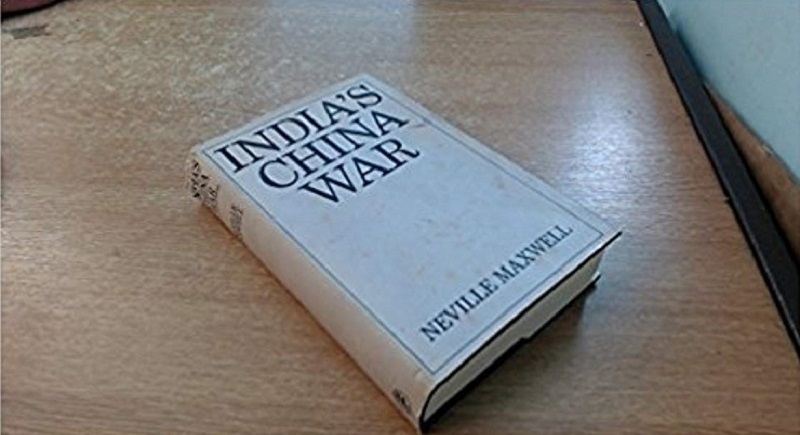
Why are political cowards of Hindustan mortally scared of declassifying “General Henderson Brookes Report of 1962 India’s China War” after 56-years?
11-18 November 1962 was the most disastrous milestone in the annals of modern India due to cumulative blunders by first Prime Minister Jawaharlal Nehru due to his idealistic visions and strategic bankruptcy.
The mere fact of Chinese unilateral declaration of ceasefire and withdrawing forces from the foothills of North East Frontier Agency (present day Arunachal Pradesh) to Tibet is certainly a direct slap on the face of Nehru’s pretensions of “Third World” leadership in the 1962 War. Truly, it was a national shame and disgrace.
And, it exposes Nehru-Menon duo’s responsibility and accountability for the most ignominious “Himalayan Blunder or Humiliation”.
From failures of the past, one can learn many critical lessons for posterity. Neville Maxwell has placed “Henderson Brookes Report” on his website long ago. It provides a deep insight into the failures of political and military leadership at all levels to shape current and future policies and strategies.
Let me highlight important features of the Henderson Brooks Report. At the political level, it clearly exposes Nehru’s despotic-cum-autocratic leadership style. The global strategic environment was “hawkish” - Cold War era. The US and its allies were involved in the US implementation of Marshall Plan. “Containment on the Door Steps” of Eastern Bloc – Communism – was their avowed policy.
Three Western Military alliances were formed: NATO; Middle East or CENTO; and SEATO. Pakistan joined the CENTO and SEATO. The Chinese Civil War, the Korean War (1950–53), the Hungarian Revolution of 1956 brutally crushed by the Soviets, the Suez Crisis (1956), the Berlin Crisis of 1961, and the Cuban missile crisis of 1962 were the major happenings.
Viewed in such an environment, Nehru’s strategic vision and foreign policy initiative - Panchsheel – five Principles of peaceful co-existence – based on “Divine instincts or intuitive capabilities” was based on non-violence: wars and violence have no place in conflict resolution. Perhaps, Nehru wanted to be a la modern Asoka – apostle of peace.
On foreign policy front, India sacrificed Tibet on 29 April, 1954 when the “Panchsheel” agreement with China at Peking – “Agreement (with exchange of notes) on trade and intercourse between Tibet Region of China and India” was signed. Nehru trusted China to honor the Panchsheel and disbelieved Chinese protests of Indian troops in Barahoti in 1954 followed by violations of territorial integrity in Damzan (November 1955), Nilang (May 1956), Shipki La (September 1956), Khurnak Fort in Ladakh (July 1958), Lohit Frontier Division – NEFA (Sept-Oct 1958) and so on.
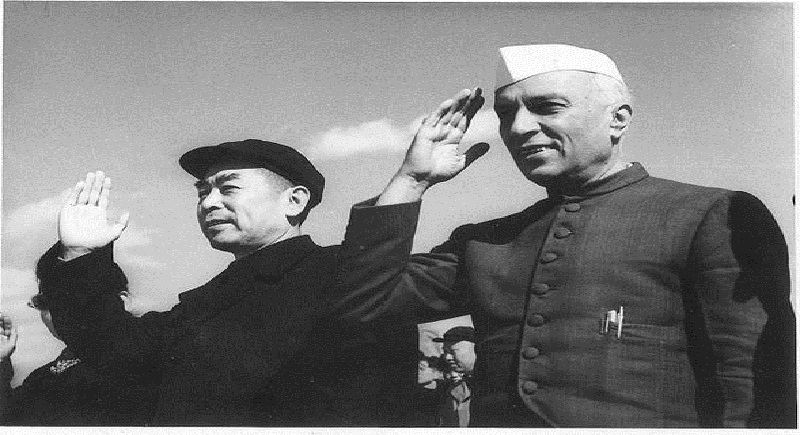
In sum, by the criteria of seizing opportunities as the hallmark of great statesman, Nehru failed dismally. Had Nehru accepted the “quid pro quo” basis for resolving the border dispute – recognize their claims to Aksai Chin in return of recognition of Mac Mohan Line in 1960, the entire scenario would have been different today. It would have possibly pre-empted China-Pakistan bonhomie today.
Next, Nehru’s defence policy after gaining independence in 1947 was also ill conceived. His stated defence policy “Rubbish, total rubbish, we don’t need a defence plan. Our policy is non-violence. We foresee no military threats. Scrap the Army. The police are good enough to meet our security needs”. No clear cut political end objective of border confrontation with China. “No loss of inch of territory and throw the Chinese out” was the higher strategic direction or obsession. By conception, the political end objectives were grandiose considering the ill-equipped, trained and commanded Army.
Importantly, Nehru was ignorant of military affairs; lacked depth of military knowledge and experience to wage wars; and had no time for the Generals. Nehru held Generals in total disdain. Any information that did not fit with his (often wildly inaccurate) preconceptions was summarily dismissed outright. He had no clue of either higher directions of war or military strategy and tactics. No overall national aim and end objectives of war. Never balanced ends and means; no forethought, no planning to modernise the armed forces, winter clothing, ammunition and fuel and therefore they faced a whole host of logistical problems.
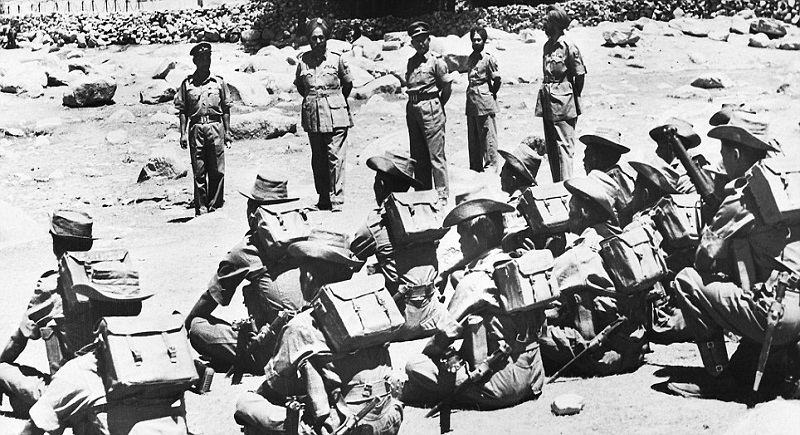
Under such ego centric Nehruvian political leadership, the quality of Generals that emerged was poor lacking in moral courage. Phenomenal “Crisis in Higher Command” prevailed. Generals lacked moral courage. The COAS and the Eastern Army Commander were mere figure heads. Battlefield confusion was real with issue of orders to withdraw to be retracted later. Generals from Delhi were commanding platoon sized posts and issuing orders countermanding intervening headquarters.
For example, never ever in my life can I forget the bombastic announcement made on his way to Colombo heard on my “Japanese made Transistor” (only means to know about Delhi’s policies): “Throw the Chinese out”. Shocked and surprised I was at Nehru’s total ignorance of ‘military affairs’ and knowledge of how are fought at the ground level. Throw the Chinese out with what? With 303 Rifles!
Next, the Henderson Brooke’s Report clearly apportions the blame on intelligence failure. Until the induction of forces into Ladakh and NEFA in the aftermath of Longju incident in late 1960, B. N. Mullick, Director of Intelligence Bureau, was the repository of intelligence for all others. Nehru’s view that “China will not be provoked for a show down” was reinforced by Mullick’s assessment that “China would not militarily respond to Forward Posture Policy”, which was accepted as ‘Gospel’ truth by Nehru.
Even the military intelligence assessment during 1959-60 gave the Chinese capability of one Regiment (Brigade) plus with some tanks opposite Ladakh which was later reassessed as one division plus by October 1960. Similarly, the initial intelligence assessment in late 1959 was one division against Sikkim and three regiments against NEFA. In 1960, it was revised to three Chinese divisions with bulk against Tawang.
The three tiered military strategy, doomed for disaster by original conception, consisted of “deployment in piecemeal in isolated platoon sized border posts on the watershed to control entry into NEFA” across McMahan line backed up strongly by bases in depth on the second ‘Tier” followed by the “Defence Line: Towing–Bomdila-Ziro-Daporizo-Along-Roing-Tezu-Lohitpur-Haiyulang.
Before the issue of “Forward Policy”, 50 Assam Rifles platoons were deployed on 36 outposts to demonstrate “flag bearing” role. In June/July 1962, “Operation Leghorn” was launched and 42 platoon sized posts were deployed of McMahan Line. And, they were tasked to defend the shoulders of passes until the “last man last round”. No artillery or air support. Logistical sustenance was a nightmare.
No troops were available to occupy defensive positions around bases; and no positions were prepared on the third-tier of the Defence Line to wage the battle of “Defence Boxes” based on the classical style of Battles of Imphal or Kohima. Woeful military operational under preparedness!
Furthermore, troops were not physically conditioned to sustain 20 miles (32) per day for seven days continuously totally self-reliant ‘A La’ General Wingate’s “Chindits” of Burma War. Troops who moved from the plains, hardly time to acclimatize and unprepared to fight battles in high altitudes.
For example, the Henderson Brookes Report provides a scathing indictment on General B M Kaul, a Nehru Crony, an Army Supply Corps Officer, woefully ill equipped either tactically or strategically to wage wars first as Chief of General Staff at Army HQs and later as the ill-fated IV Corps commander.
General Kaul wanted to prove that he had the mettle to implement the political directive of “throw the Chinese Out”. So, he moved with skeletal staff and raised the ill-fated Corps HQs overnight. Then, Kaul took piggy back ride on a Khampa porter to the battle scene in Dhola pass and fled from the scene feigning sickness to Delhi and conducted battle from sick bed. Height of cowardice that got condoned!
Let me recount eight historical defining events or landmarks to provide a historical perspective of the border dispute to include: throughout 19th century, China exercised sovereignty over Tibet through a local governor; British invaded Tibet in 1903 and the Dalai Lama fled to Mongolia and then to China; an unequal treaty signed converted Tibet into a British protectorate in 1904; and after the fall of the Qing Dynasty in 1911, Tibet became de facto independent under a British protectorate.
Followed a tripartite conference in March 1914 in Shimla with British and Tibetans agreeing on a common border - the famous McMahon Line demarcated on a quarter inch map sans surveyed relief features on top half portion which the Chinese initialled the main document, but did not ratify it.
In reality, the PRC always maintained that Tibet was a part of China. The idea of a Greater China was to unite Mongoloid race under one nation. China remained emphatic to redraw the borders calling them “accidents of history” imposed by external powers when China was weak. The PRC also proclaimed to "liberate" the Tibetans from a theocratic feudal system and made it a top priority to incorporate Tibet, peacefully or by force. Mao in December 1949 ordered that preparations be made to march into Tibet at Chamdo to induce the Tibetan Government to negotiate.
Yet another historic highlight is the meeting of the Tibetan delegation with the PRC’s ambassador General Yuan Zhongxian in Delhi on 16 September 1950. Yuan communicated a 3-point proposal that Tibet be regarded as part of China, that China be responsible for Tibet’s defence, trade and foreign relations.
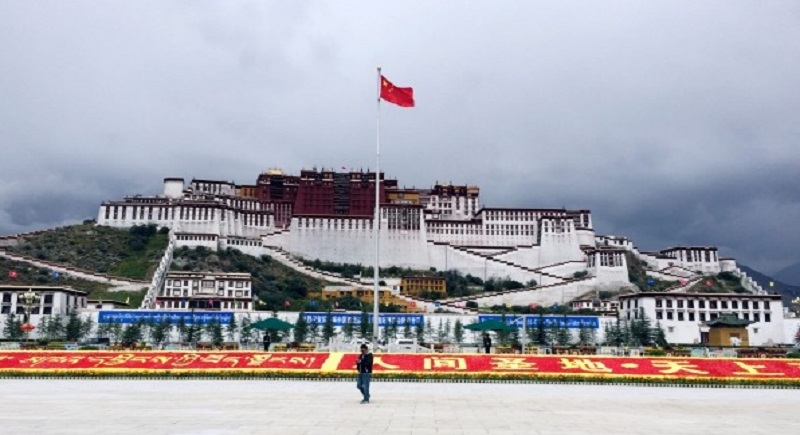
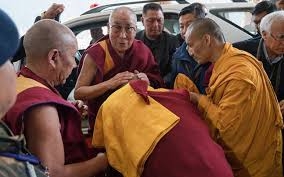 Finally in 1956, Tibetan militias in the ethnically Tibetan region of eastern Khams started fighting against the government. When the fighting spread to Lhasa in 1959; the Dalai Lama fled Tibet. Both he and the PRC government in Tibet subsequently repudiated the 17-Point Agreement and the PRC government in Tibet dissolved the Tibetan Local Government.
Finally in 1956, Tibetan militias in the ethnically Tibetan region of eastern Khams started fighting against the government. When the fighting spread to Lhasa in 1959; the Dalai Lama fled Tibet. Both he and the PRC government in Tibet subsequently repudiated the 17-Point Agreement and the PRC government in Tibet dissolved the Tibetan Local Government.
In retrospect, Nehru’s foreign and defence policies were “Rubbish, Rubbish”. No place in history for his legacy. “Not to lose an inch of Territory” remains India’s higher direction/grand strategy. It reflects rank politico-strategic bankruptcy. How can army hierarchy evolve any worthwhile military strategy based on “No loss of an inch of Territory”? Political decision-makers need to review the direction of “No loss of inch Territory” to allow operational flexibility and freedom; and specify a clear “Grand Strategy with end objectives defined”.
Next, military strategy needs exploit the terrain features. Finally, training for fighting in high altitudes and logistic support must be maintained at efficient levels. Armed Forces must be prepared to wage high intensity war based on enhanced threat scenarios on various well defined ingress avenues.
Having served as a company commander in Mechuka of 2nd Battalion the Madras Regiment in Siang Frontier Division (mentioned in the declassified Part 1 of General Henderson Brookes Report), I strongly favour its declassification to provide a balanced perspective of politico-bureaucratic strategic bankruptcy and phenomenal military strategic and tactical bungling at all levels.
Troops were poorly clad and equipped - Boer War vintage pt 303 bolt action rifles, heavy weight Wireless Sets 62 with 12 volt Battery’s with no recharging facility during withdrawal, no light weight winter clothing or snow boots, blankets, canvas back-packs etc. Consequently, troops died unable to negotiate snow-clad high altitude mountain like Colonel Eric Taylor of 2/8 G R, his Adjutant and others in Mechuka whilst those who withstood the rigors suffered due to frost bites.
Most quixotic it was to conduct artillery fire support based on “blank non-surveyed quarter inch maps” until after mid 1965s. All I could watch on my induction in July 1961 was a quarter inch map with blank top half towards McMahon Line marked with a thick line representing almost one mile in space.
Why was the Indian Air Force not employed in countering the Chinese offensive in NEFA in particular? The political establishment must answer.
In sum, Nehru committed “Himalayan Blunders” due to his flawed understanding of “Hawkish” nature of geopolitics, ill-conceived historic-geographical strategic views and assumptions, lack of strategic foresight and far-sight and total lack of understanding of wars. Never too late to declassify “Henderson Brooke’s Report” on India’s China War 1962 so that the past shortcomings (fiascos) are not repeated today and in posterity at “Grand Strategy or Higher Political Directions” and “Military Strategy, Operational Art doctrines and tactical concepts” of battles.
Viewed holistically today, the India-China confrontation may be viewed as 'Clash of civilizations – Aryan-Dravidian vs. Mongoloid', or, “Clash between two ideologies – Communism vs. democracy” for gaining Asia-Pacific hegemony in pursuit of national interests before embarking in pursuit of global hegemony as the middle kingdom. Prepare to face such an eventuality; or perish at least in the short and midterm contexts.
